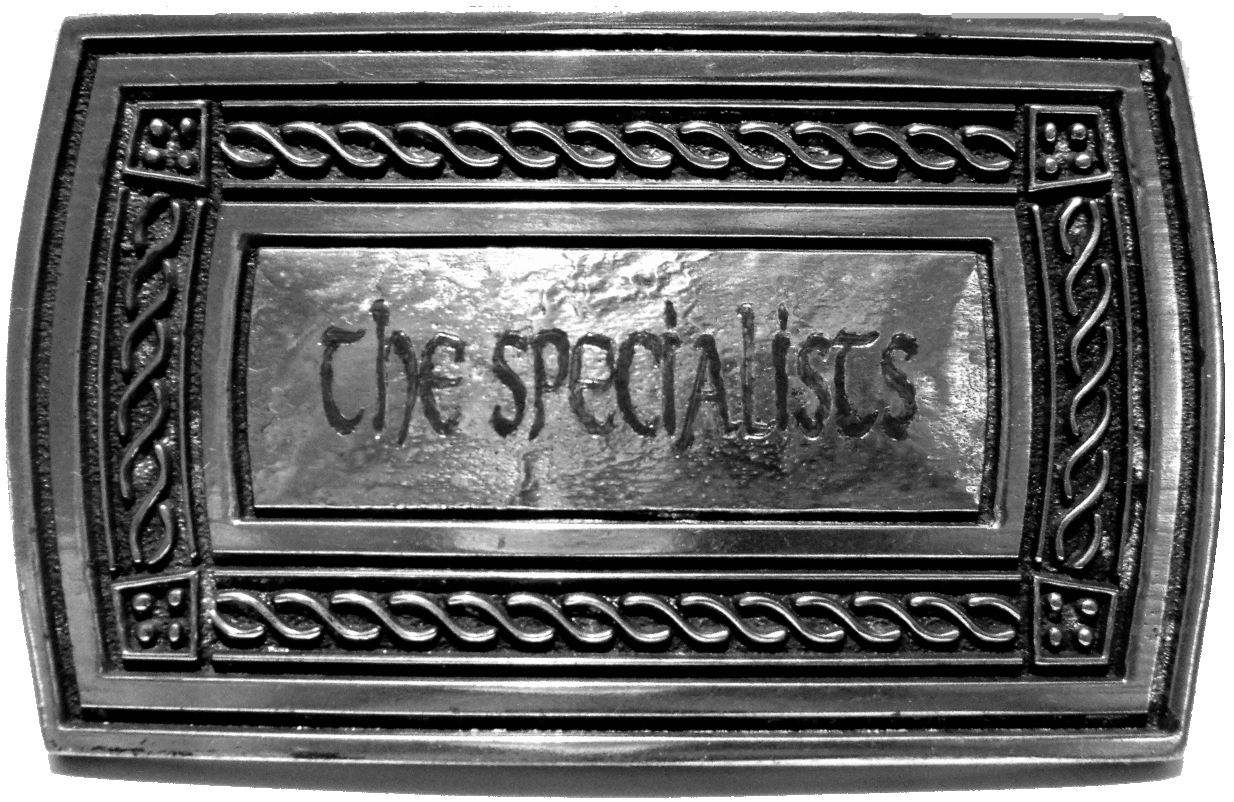Roman Artefacts Gallery
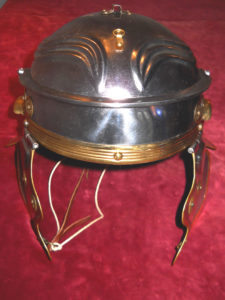
Legionary Helmet
Known to soldiers as their Galerus, it is equipped with a strengthening metal ridge, cheek flaps and neck protector.
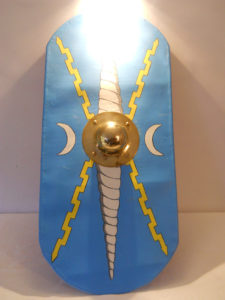
Auxiliary Shield
Used by foreign soldiers within the Roman army.
Amphora
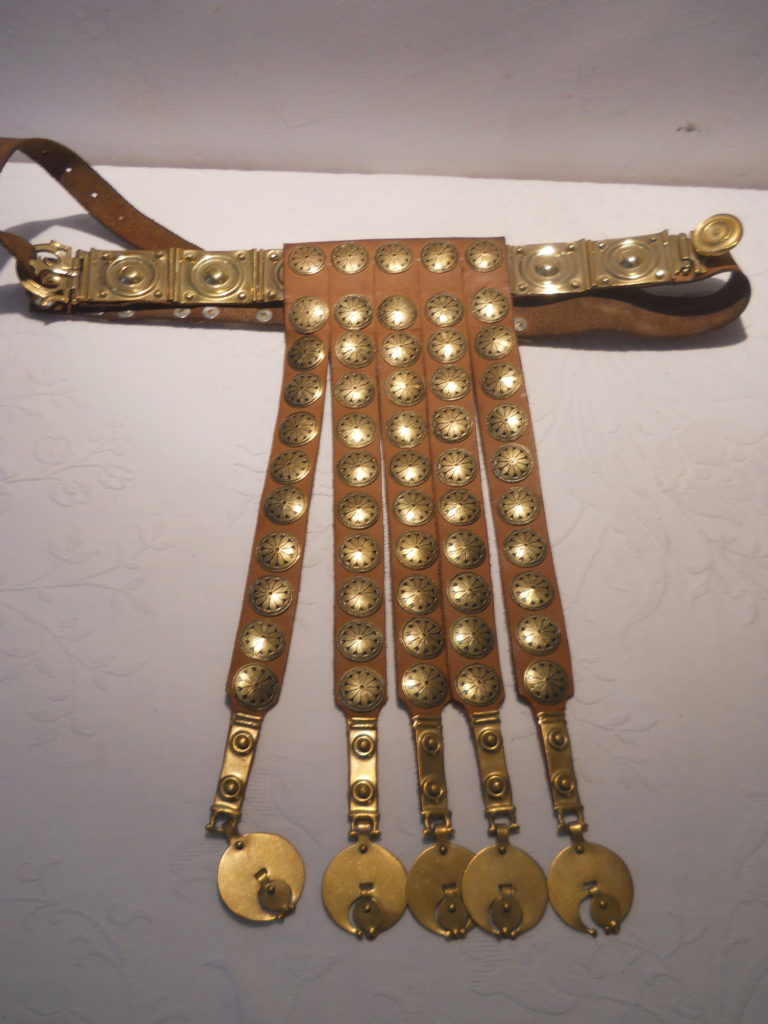
Cingulum
Military belt with groin guard, worn by Legionaries, sometimes referred to as a balteus.
Loculus
Goatskin satchel used by legionaries to store their impedimenta (kit).
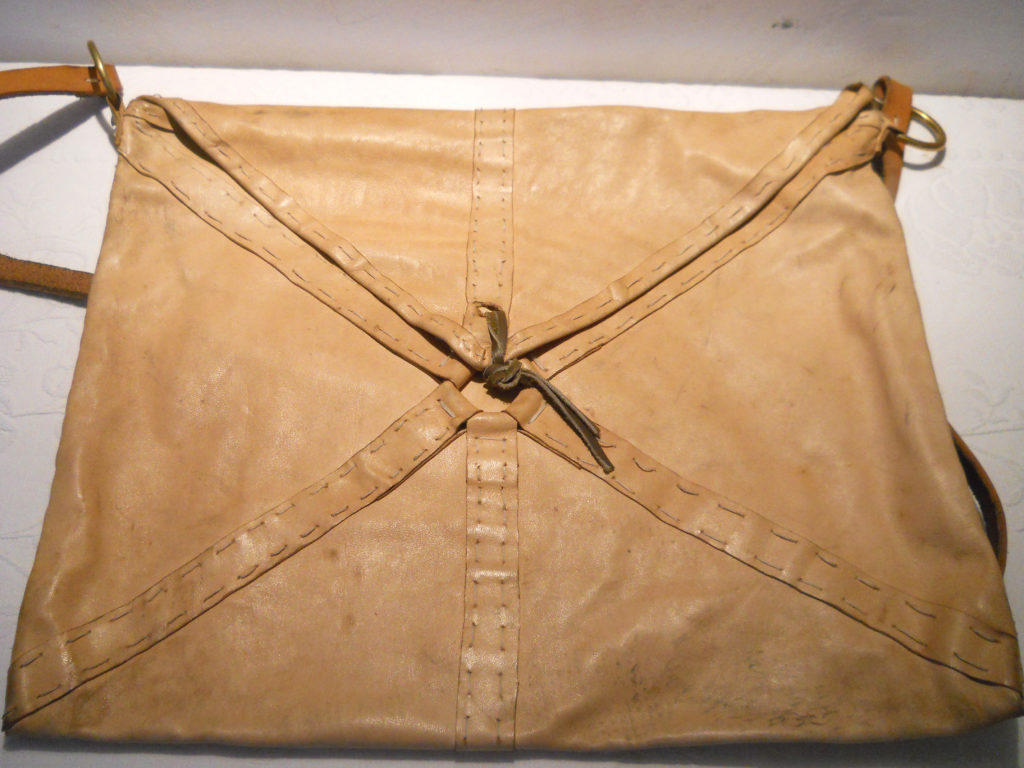
Pugio
Legionary’s dagger.
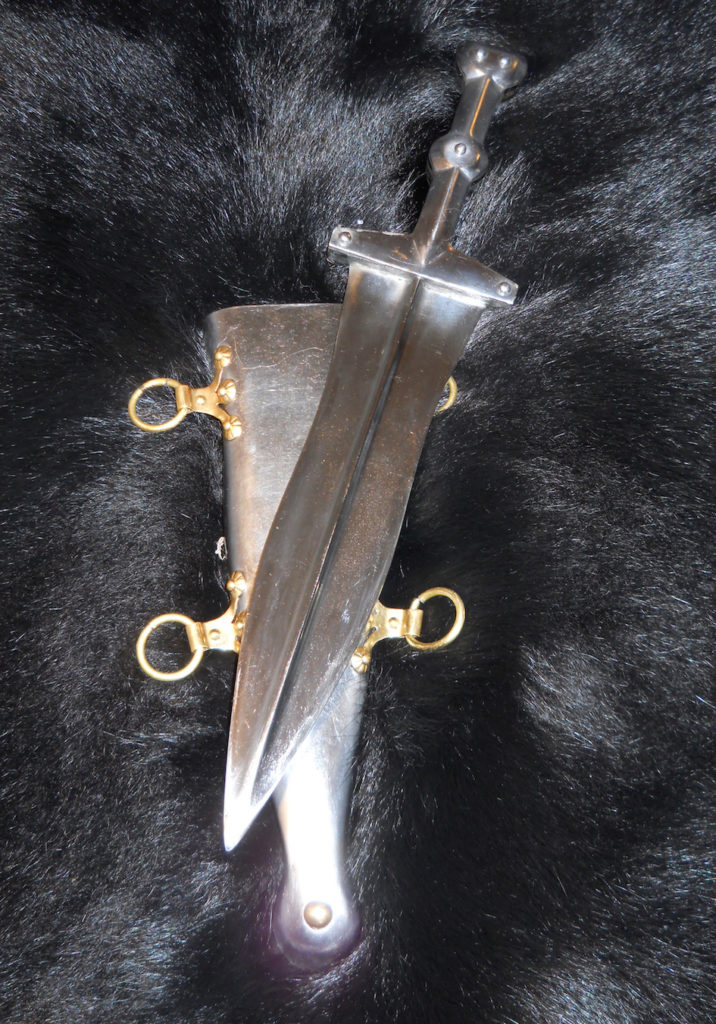
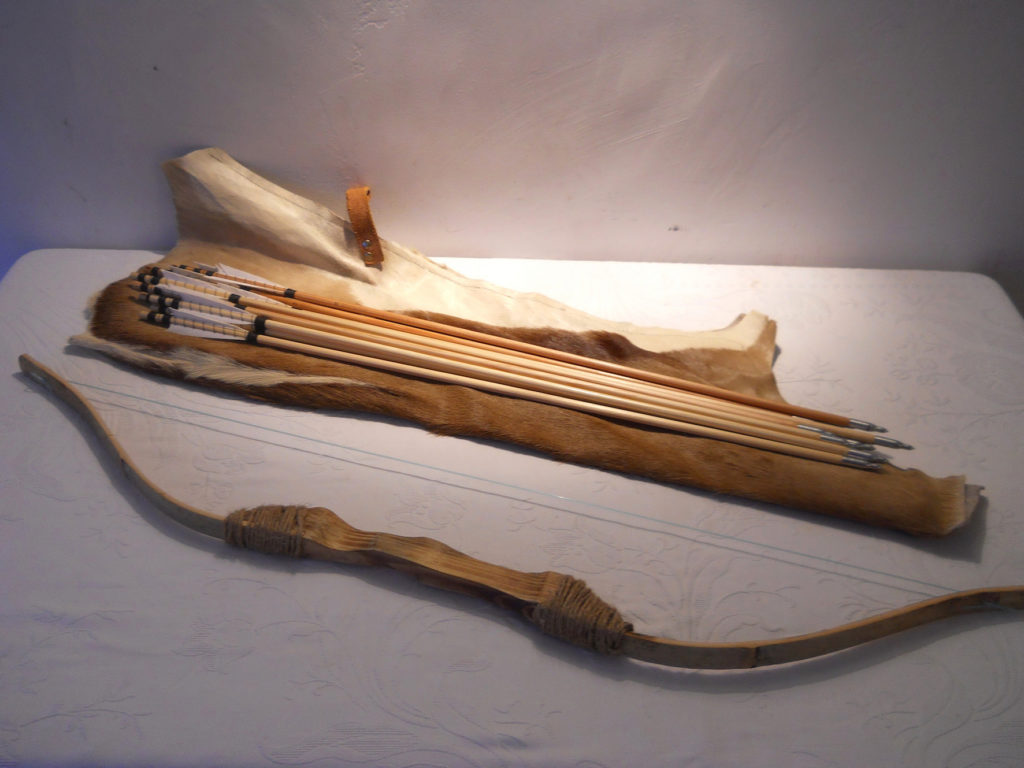
Auxiliaries Recurve Bow, Arrows & Goatskin Quiver
Archers tended to be drawn from Auxiliaries (ie. non-Roman citizens) and whole regiments could be full of them. That said they were under-used by the Roman Army, unlike, for example, the Egyptian.
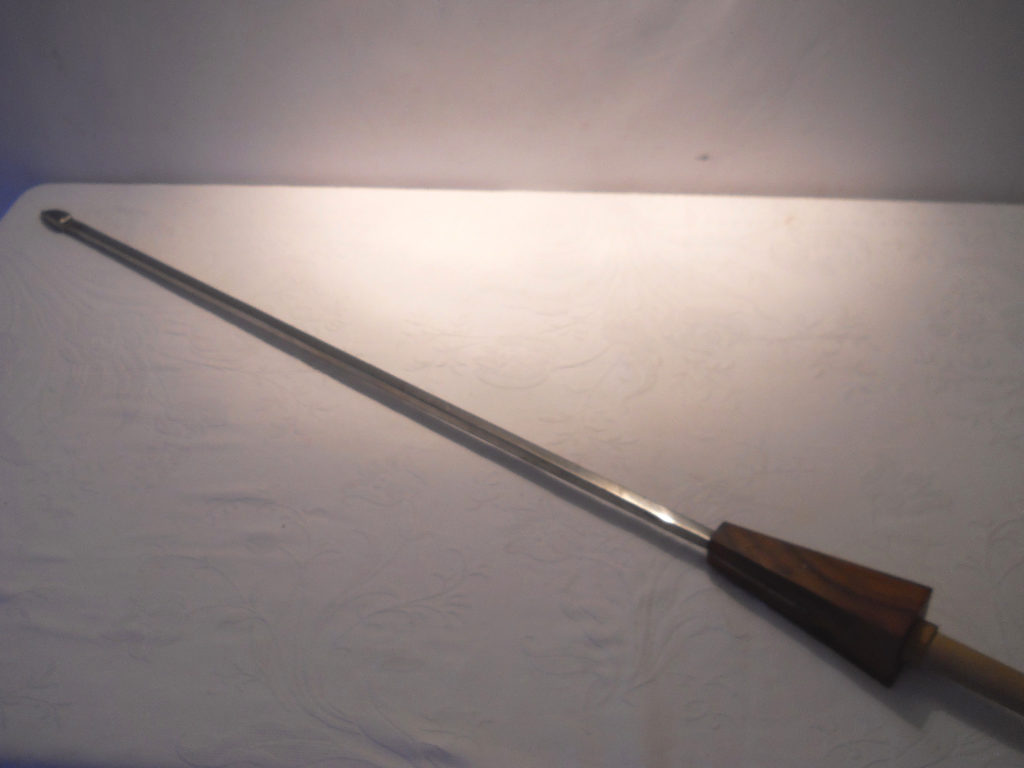
Pilum
A javelin-like spear, designed to buckle on impact, rendering it useless in counter-attack.
Ludus Latrunculorum
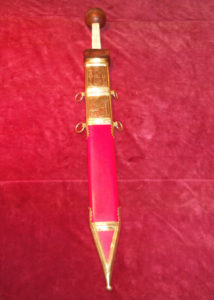
Gladius
Legionary’s sword designed to be short for close combat.
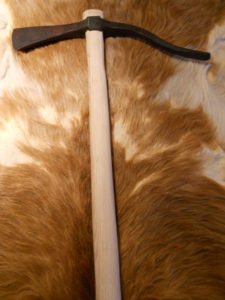
Dolabra
Soldiers were responsible for building the famous straight roads in peacetime. This is their pick-axe
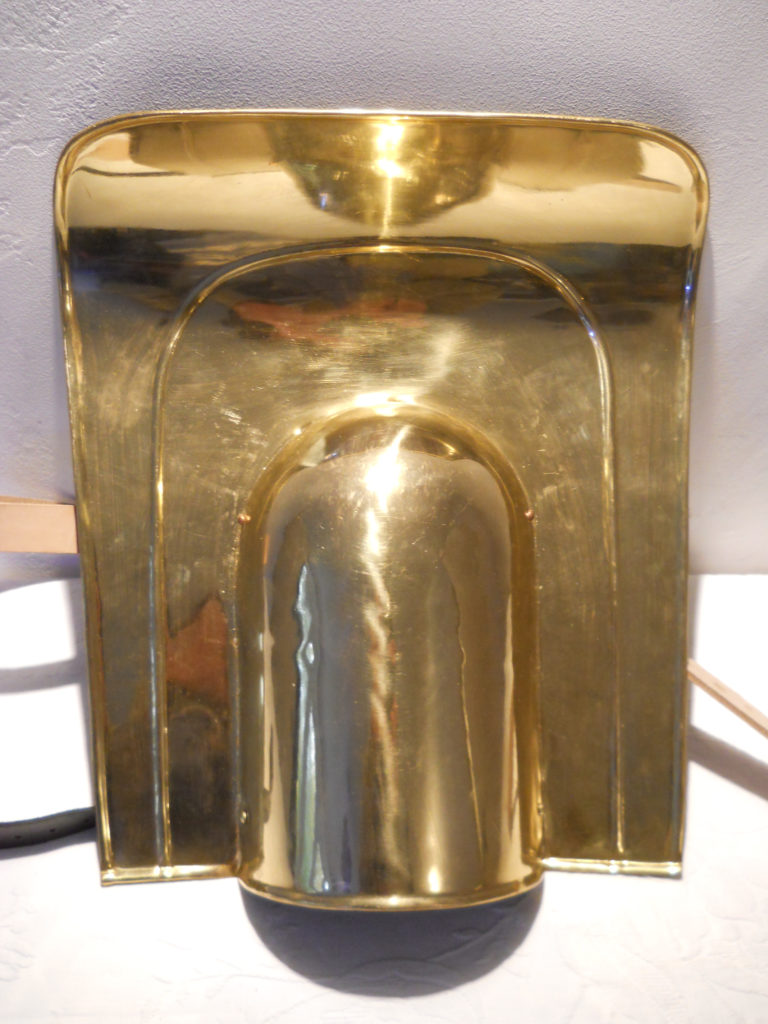
Galerus
A gladiator’s shoulder guard.

Furca
Crossed wooden pole on which a Legionary’s equipment is secured for carrying over the shoulder. Gregorius’ was chosen for its curvature, fitting snugly against the arm.
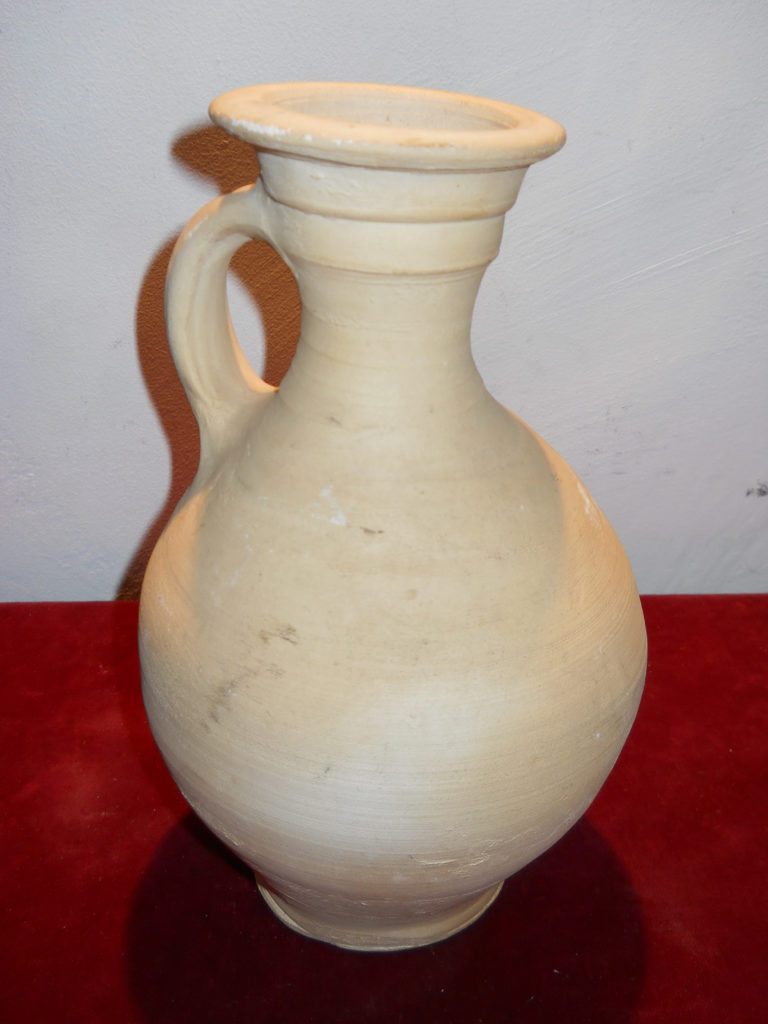
Flagon
A common sight in a Roman kitchen.

Nine Men’s Morris
A board game much enjoyed by various peoples through to modernity and hotly debated as a Roman game. This seems highly likely though.
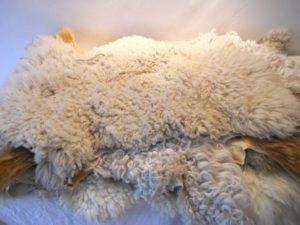
Fleeces and Goatskin
There were multiple uses for these from padding the sandals (a wily trick for any soldier experienced in a long march) to making tents and bags.
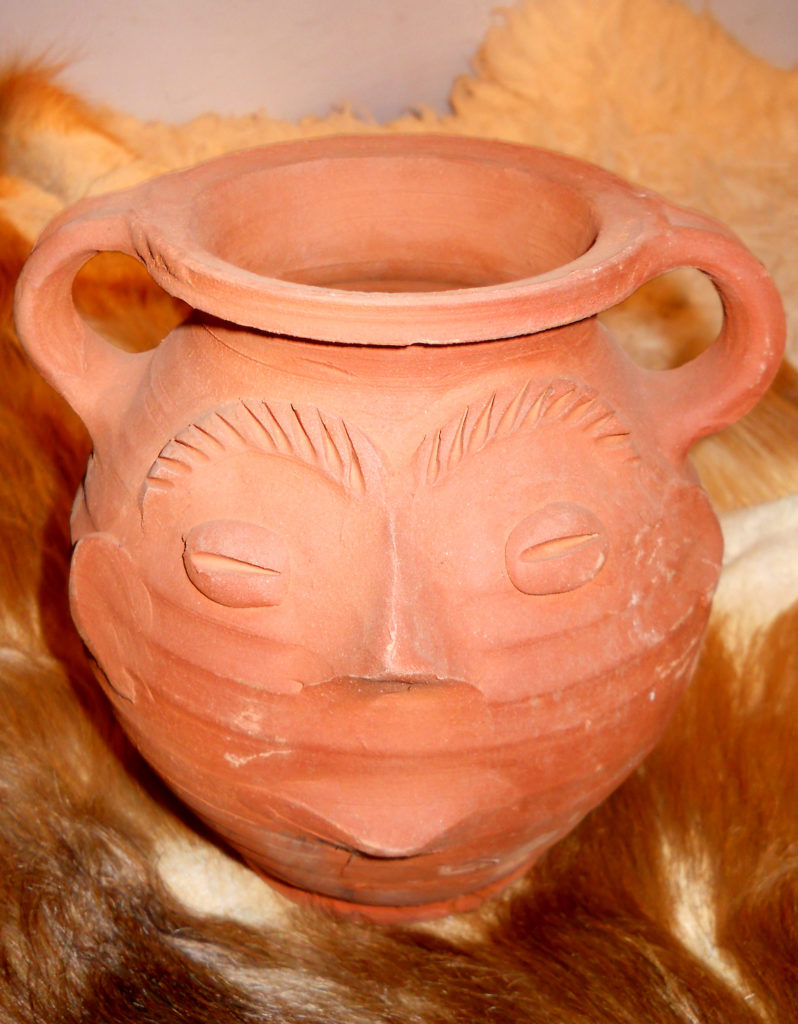
Face Pot
A cinerary urn. Romans much preferred cremation over burial. This is for storing the ashes of a loved one.
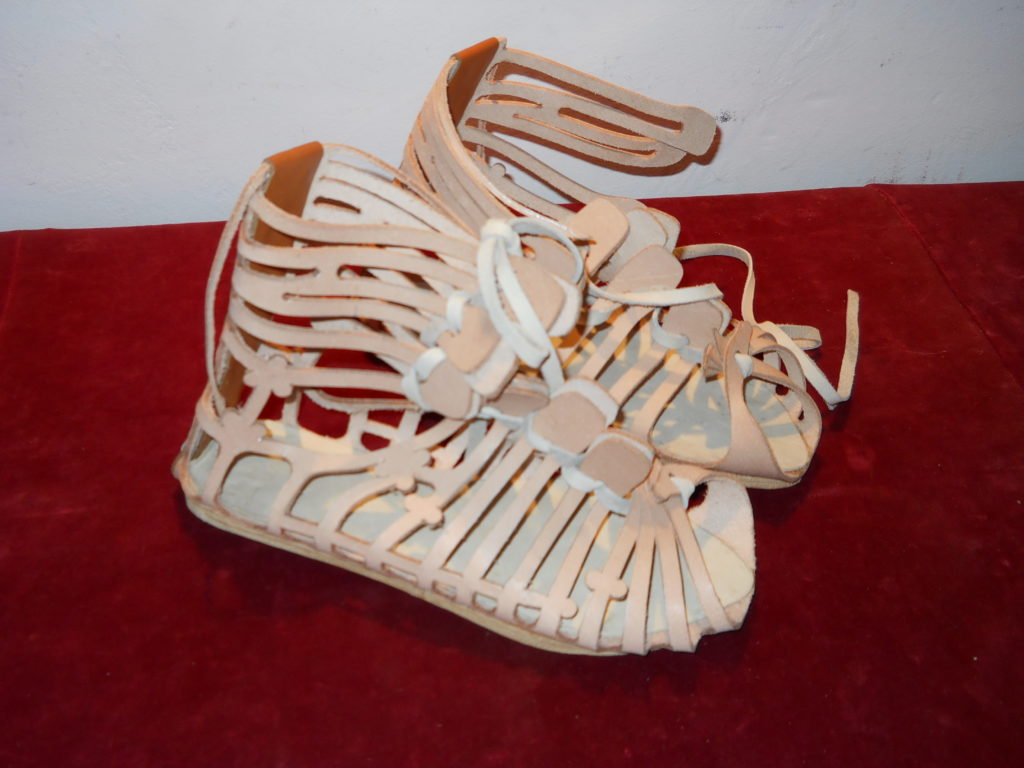
Caligae
Sandal-like open hob-nailed boots worn by Legionaries
Samianware
Expensive pottery, hand decorated and polished.
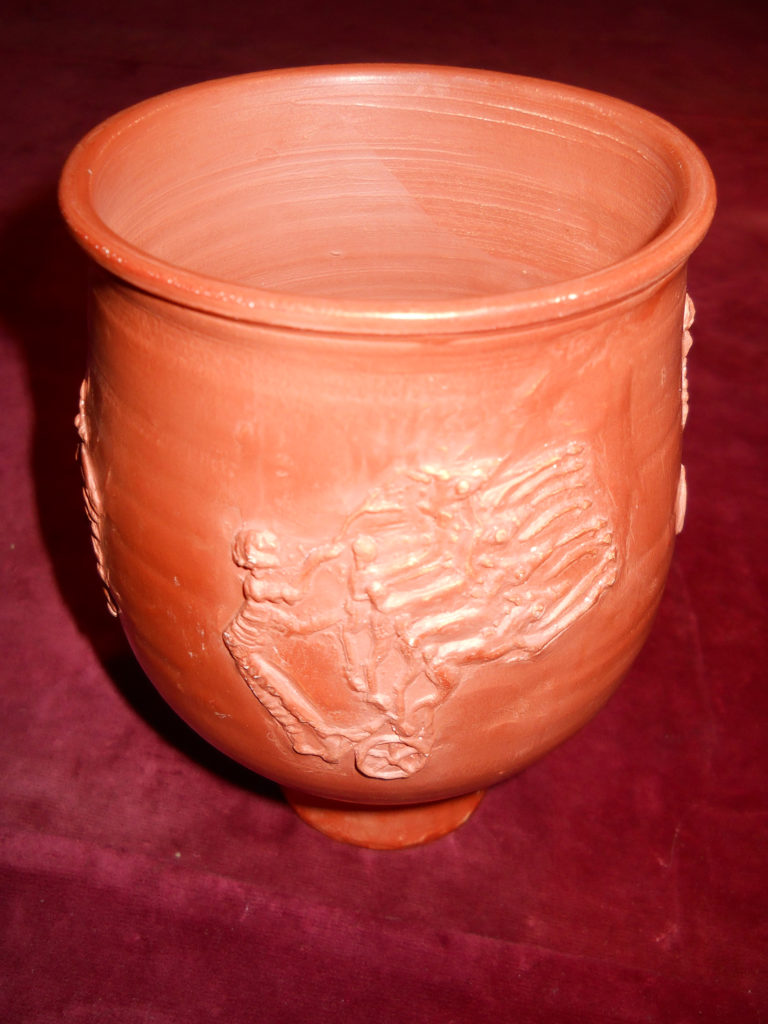
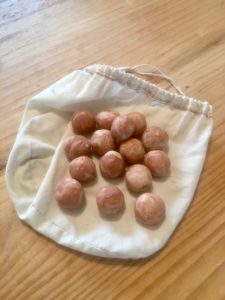
Marbles
Roman children played rolling games with nuts, particularly around Saturnalia (Winter Solstice – or Christmas).
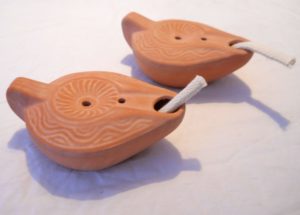
Oil Lamps
Cast in a mould from clay.
Horse Toy
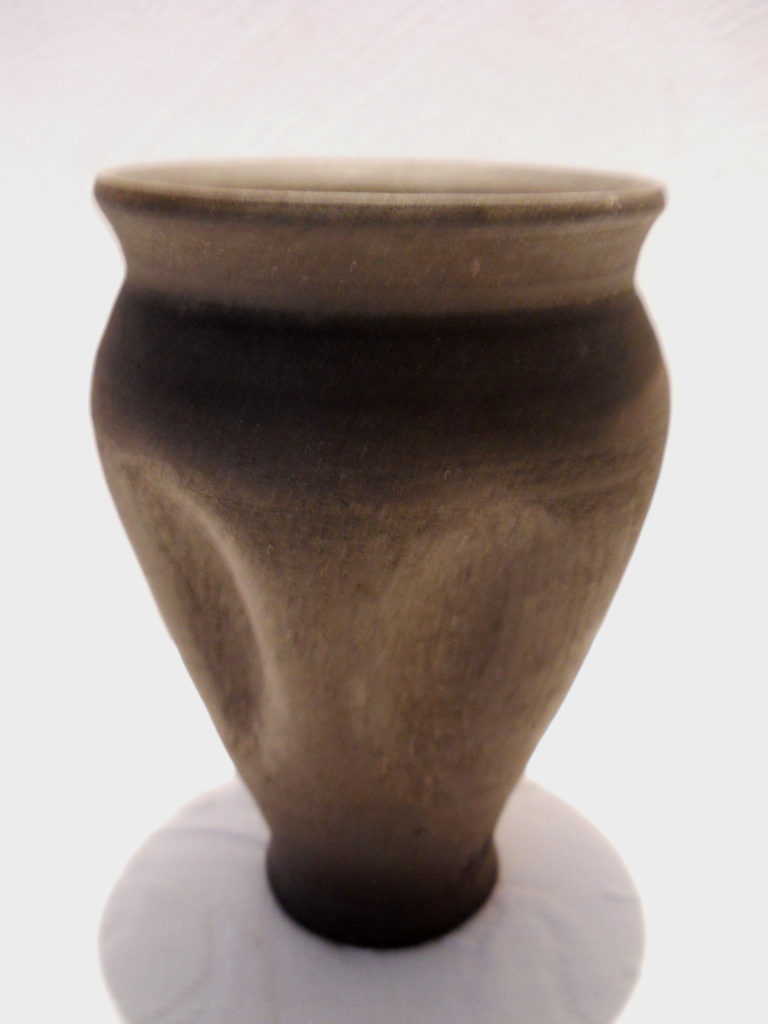
Blackware Cup
An example of the Roman Empire’s skill in maintaining simplicity. No handles are needed because of the dimples, so if more skilled potters travelling with the army died almost anyone could stand in.
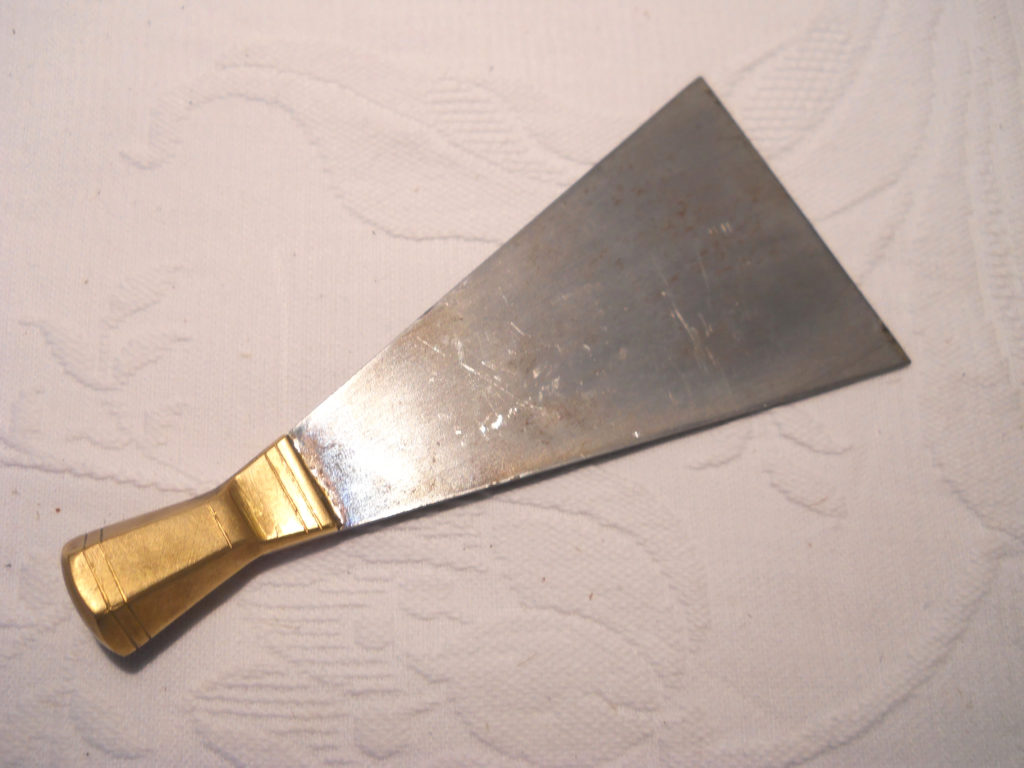
Wax Tablet Scraper
Aiding the re-usability of the tablets – perhaps a bit like pupils’ whiteboards today.
Knucklebones
A free toy to occupy children throughout history.
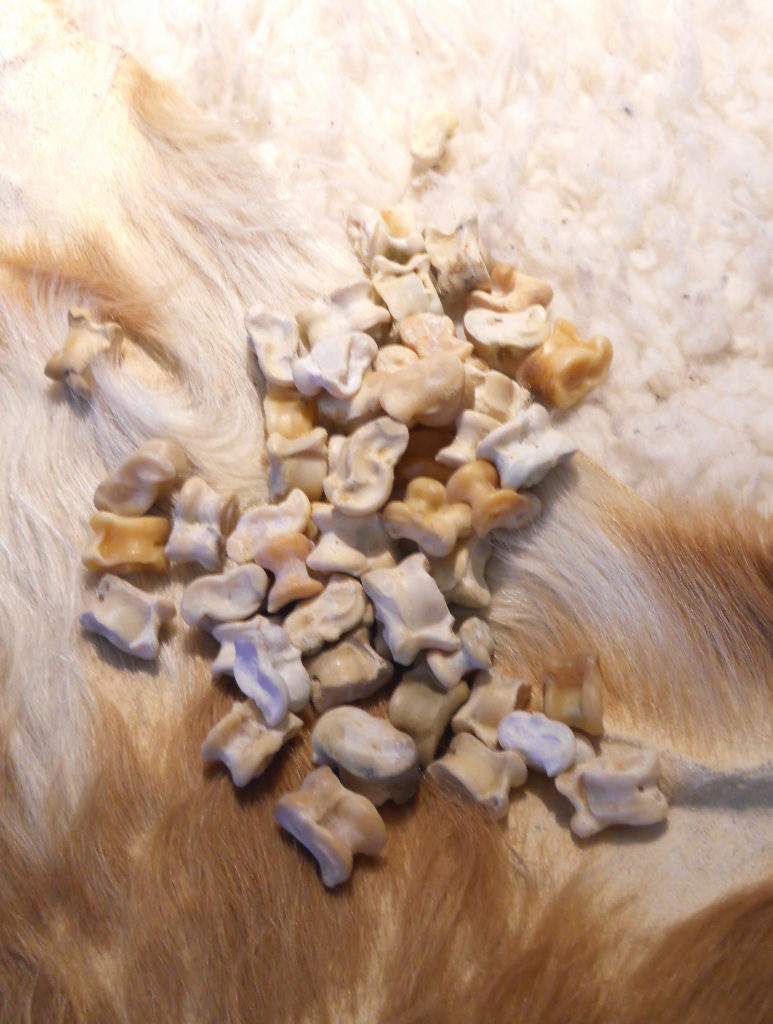
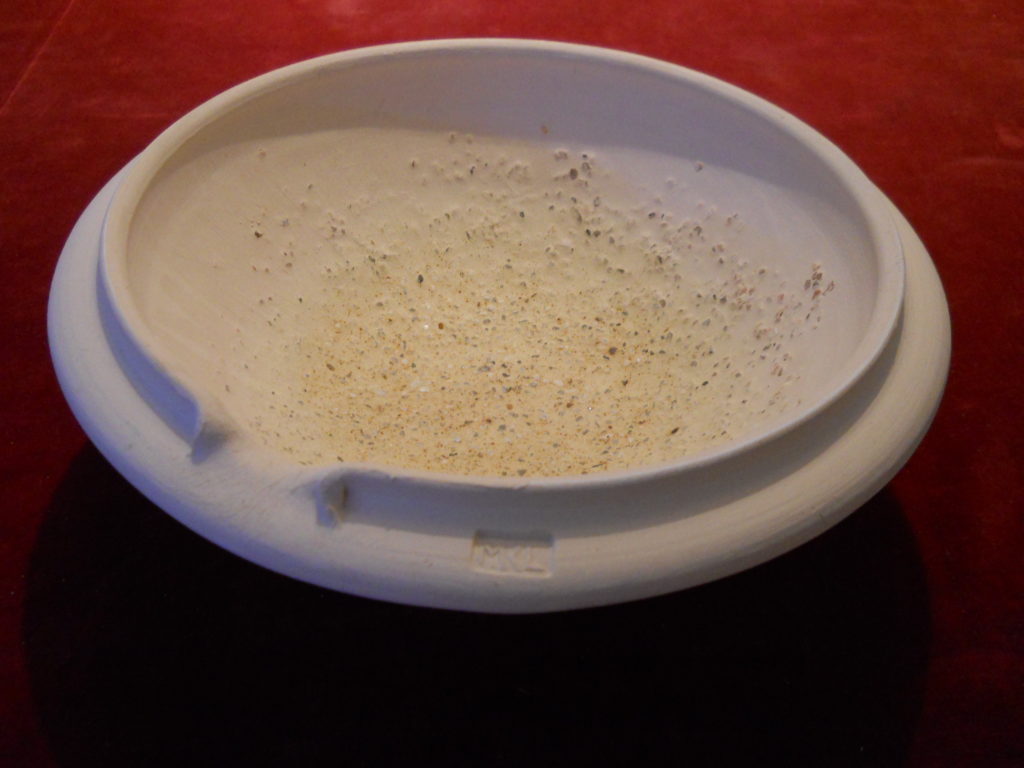
Mortarium
A Roman mixing bowl studded with grit to aid grinding and with a small spout for pouring sauces.
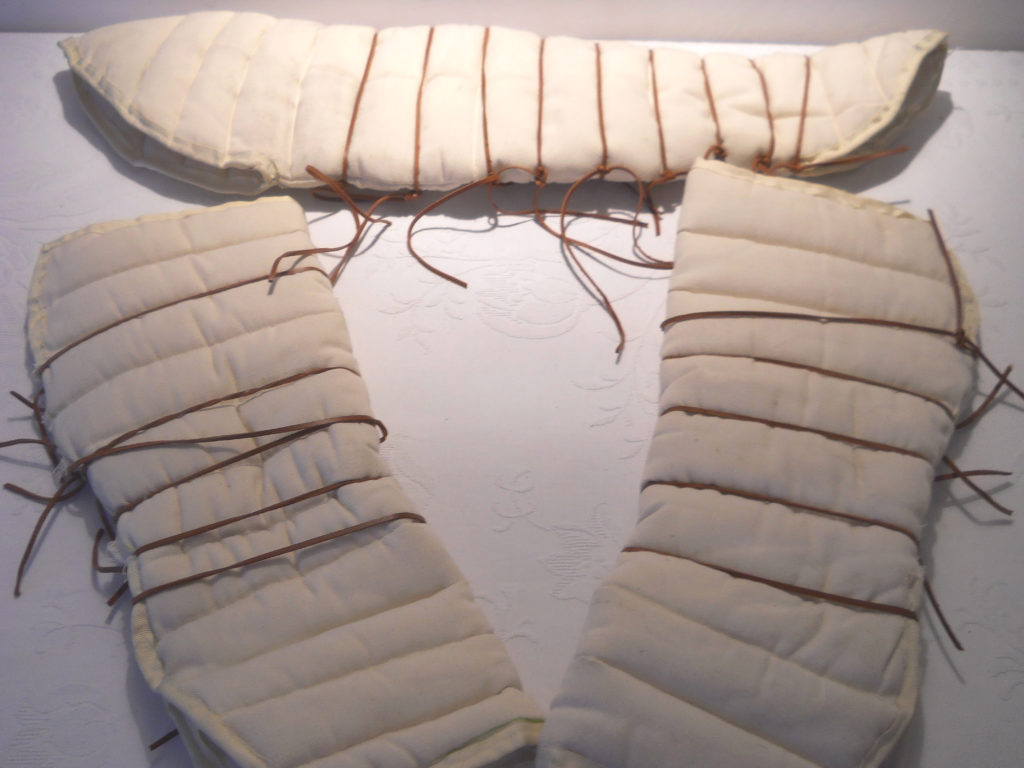
Linen Manica & Greaves
A cheap form of armour for a gladiator.
Roman Socks
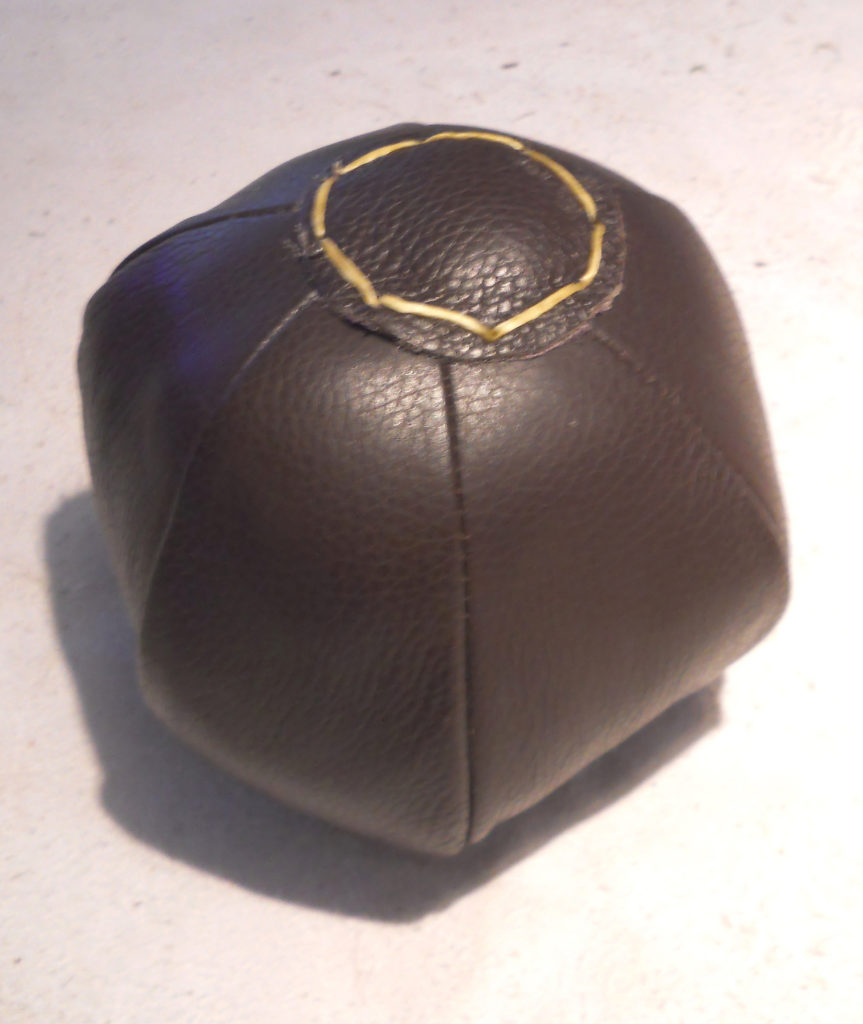
Leather ball
It would be a lucky child indeed to have one of these made for them.
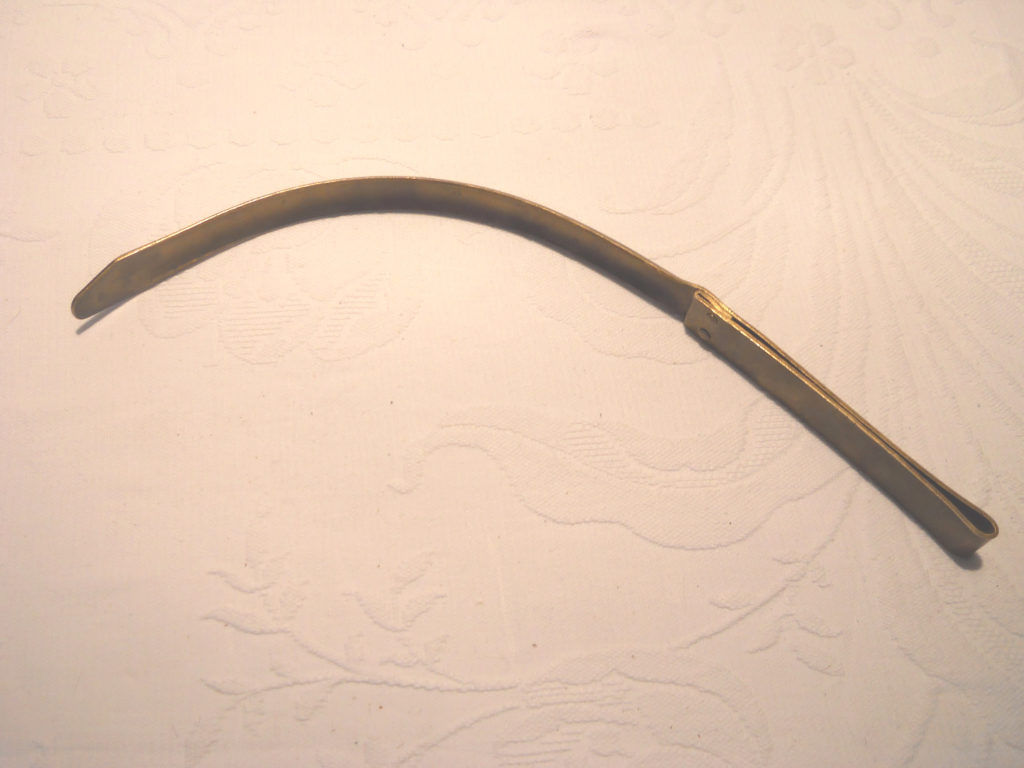
Strigil
Used in Roman baths to scrape dead skin and dirt away.
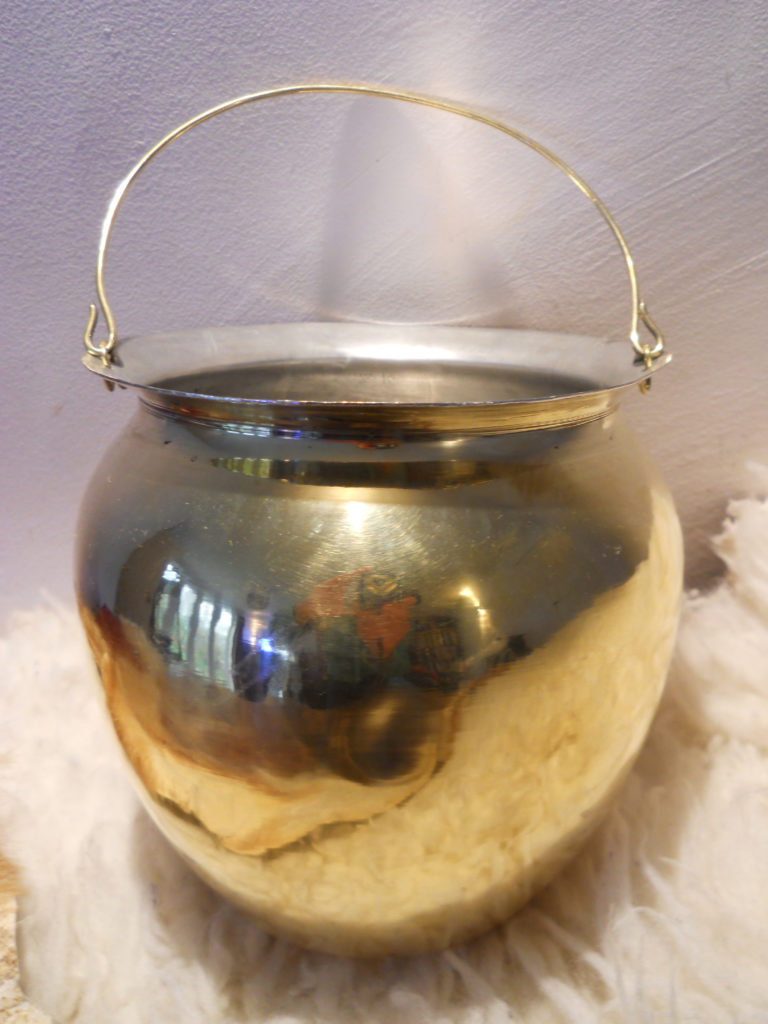
Situla
A small cooking pot for a soldier.
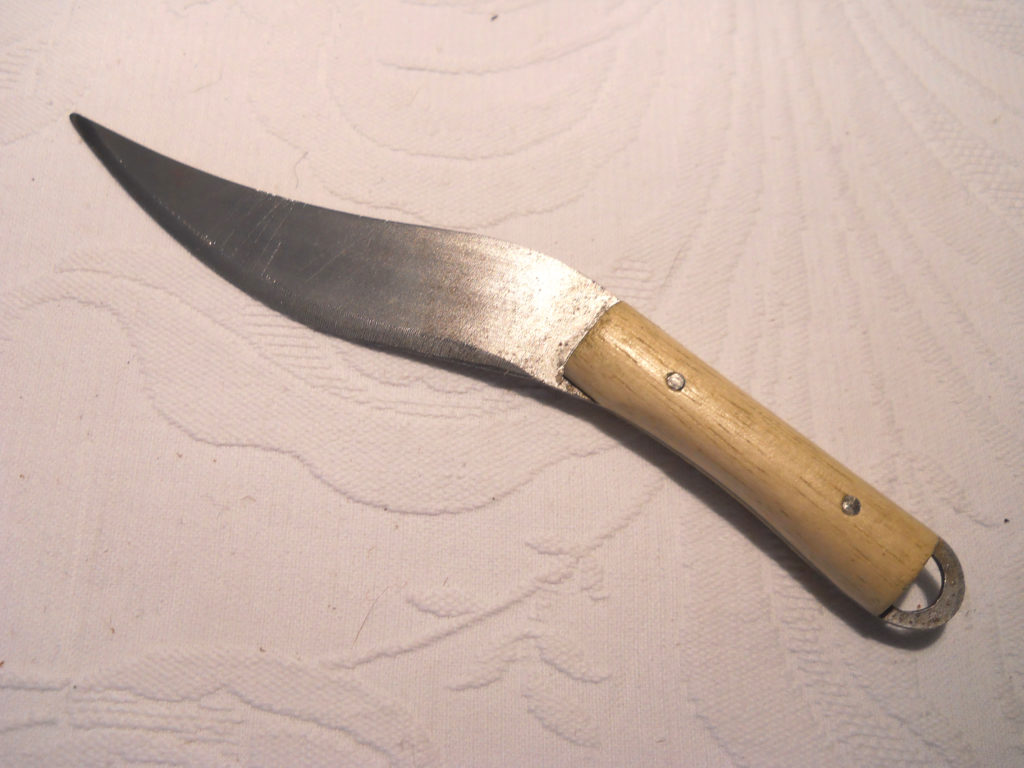
Roman Knife
Small enough to fit in a soldier’s pack easily.
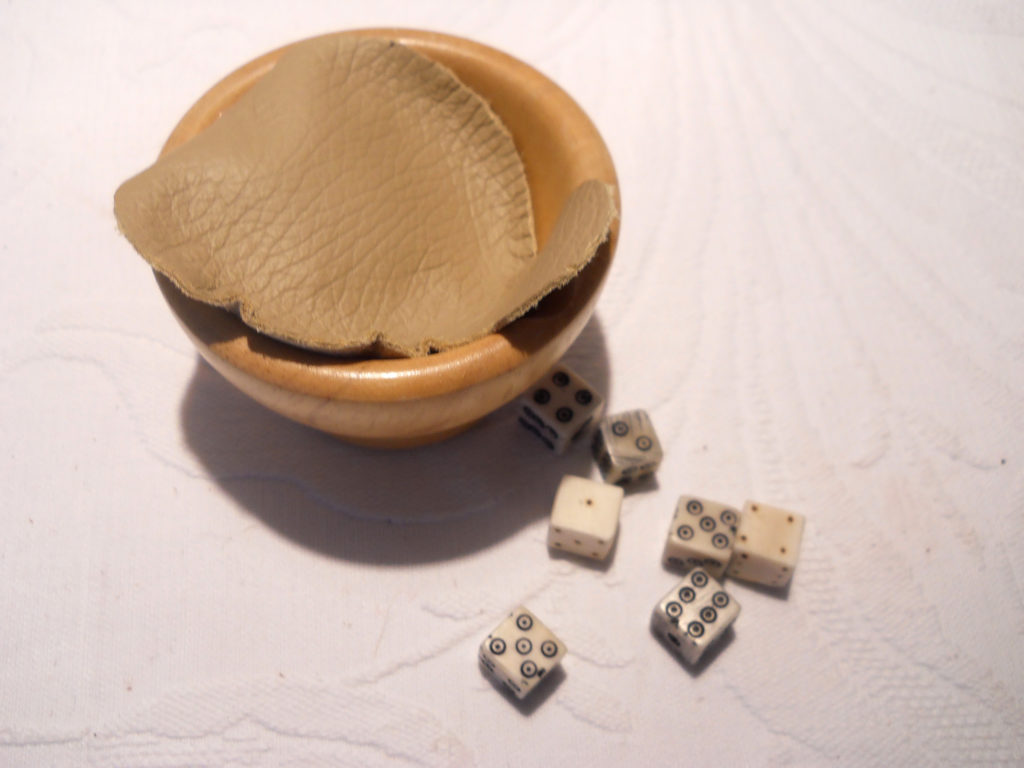
Dice
Made from bone, wood, clay or lead and popularly used for gambling.
Tesserae
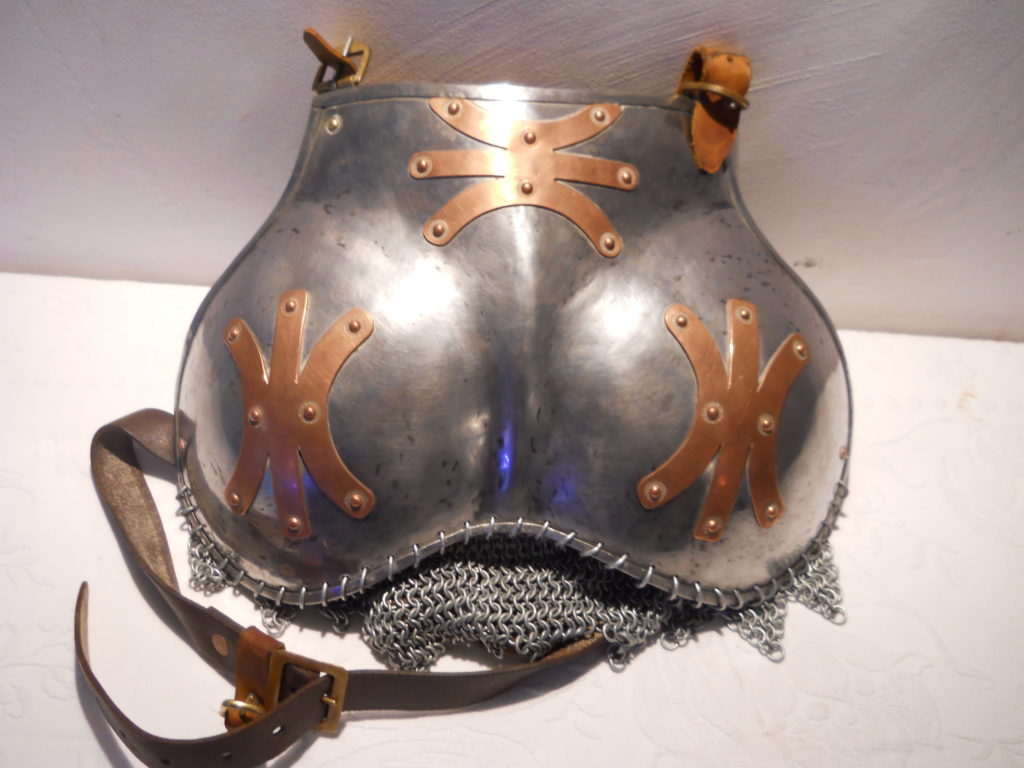
Gladiatrix Breastplate
Female gladiators existed and were often forced to fight topless in fact. Lisa often wears this as the Celtic queen, Boudica.
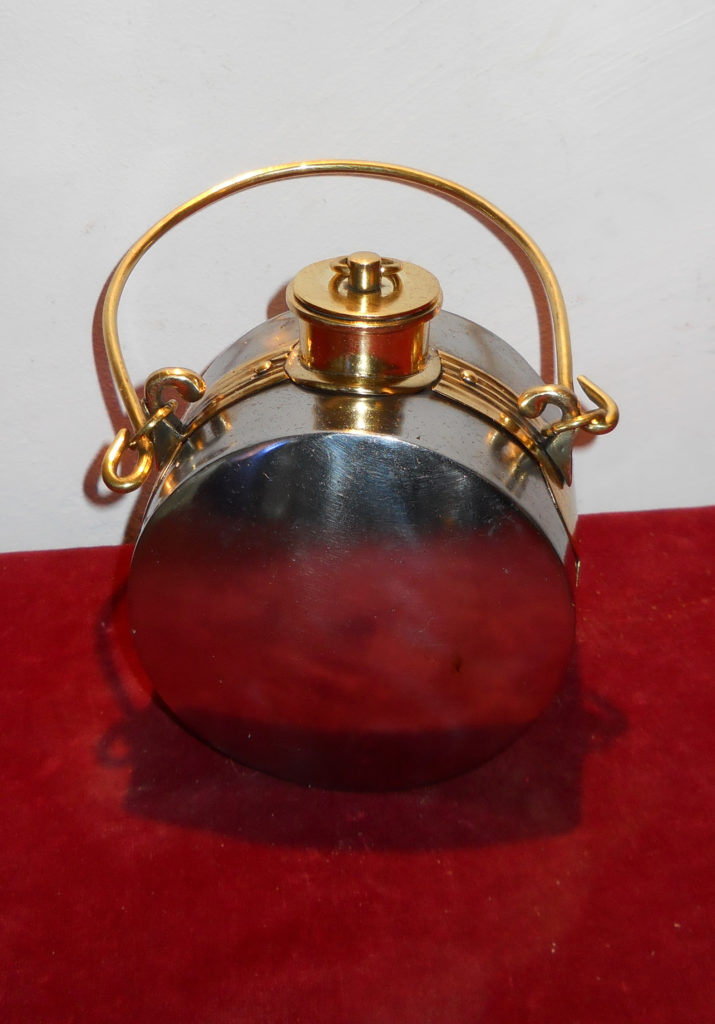
Languncula
Legionary’s drinking flask lined with beeswax to prevent rust.
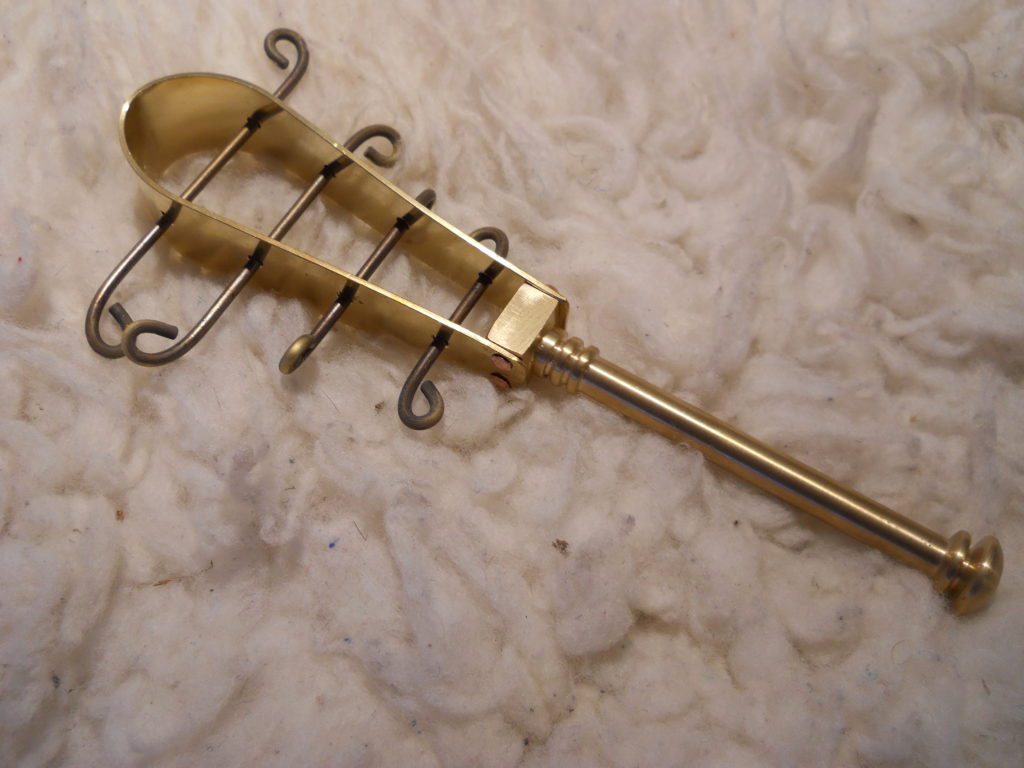
Roman Sistrum
A musical instrument.

Wax Tablets
Re-usable and stamped with a brand.
Content on our website can be reproduced for educational purposes.
